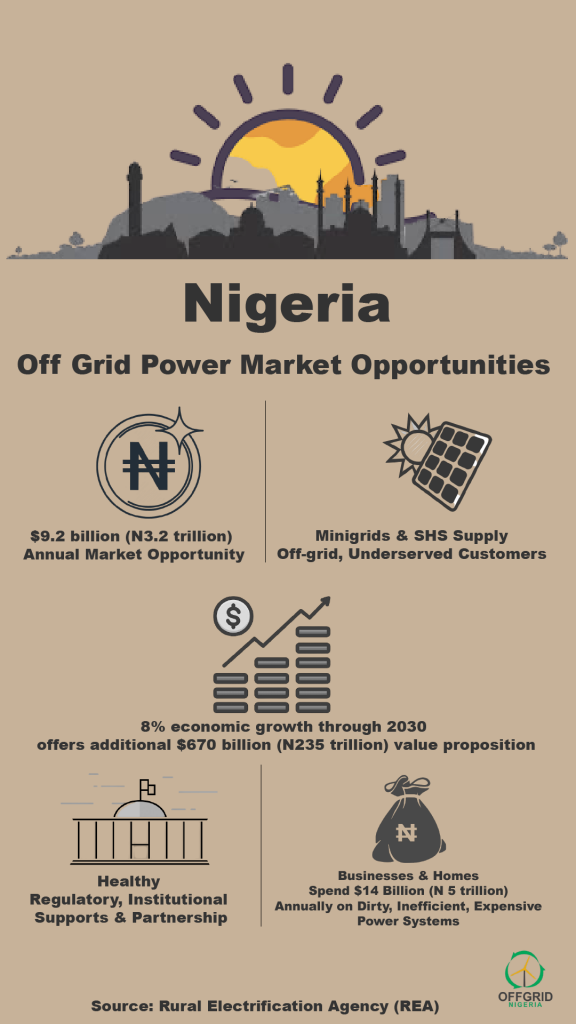Top internet search engine, Google has announced it would fully switch its energy supply sources in 2017 and rely 100 per cent on renewable energy to run all its operations from then.
The firm also said the planned 100 per cent switch would result to a financial investment of $3.5 billion globally, in addition to multiples of jobs and revenue in taxes to local properties owners and national governments.
Urs Hölzle, the company’s senior vice president technical infrastructure, announced this.
Hölzle said every year people search on Google trillions of times and every minute people upload more than 400 hours of YouTube videos. All of that he added takes an incredible amount of processing power – which means energy.
“Our engineers have spent years perfecting Google’s data centers, making them 50 per cent more energy efficient than the industry average. But we still need a lot of energy to power the products and services that our users depend on. We began purchasing renewable energy to reduce our carbon footprint and address climate change – but it also makes business sense.
“I’m thrilled to announce that in 2017 Google will reach 100% renewable energy for our global operations – including both our data centers and offices,” said Hölzle.
He further explained that Google was one of the first corporations to create large-scale, long-term contracts to buy renewable energy directly.
According to him: “We signed our first agreement to purchase all the electricity from a 114 megawatt wind farm in Iowa, in 2010. Today, we are the world’s largest corporate buyer of renewable power, with commitments reaching 2.6 gigawatts (2,600 megawatts) of wind and solar energy. That’s bigger than many large utilities and more than twice as much as the 1.21 gigawatts it took to send Marty McFly back to the future.”
To reach this goal, Hölzle said: “We’ll be directly buying enough wind and solar electricity annually to account for every unit of electricity our operations consume, globally. And we’re focusing on creating new energy from renewable sources, so we only buy from projects that are funded by our purchases.”
He also noted that over the last six years, the cost of wind and solar came down 60 per cent and 80 per cent, respectively, proving that renewables are increasingly becoming the lowest cost option.
Electricity costs, he explained, “are one of the largest components of our operating expenses at our data centers, and having a long-term stable cost of renewable power provides protection against price swings in energy.”
“Our 20 renewable energy projects also help support communities, from Grady County, OK, to Rutherford County, NC, to the Atacama Region of Chile to municipalities in Sweden.
“To date, our purchasing commitments will result in infrastructure investments of more than $3.5 billion globally, about two-thirds of that in the United States. These projects also generate tens of millions of dollars per year in revenue to local property owners, and tens of millions more to local and national governments in tax revenue.” Hölzle stated.





